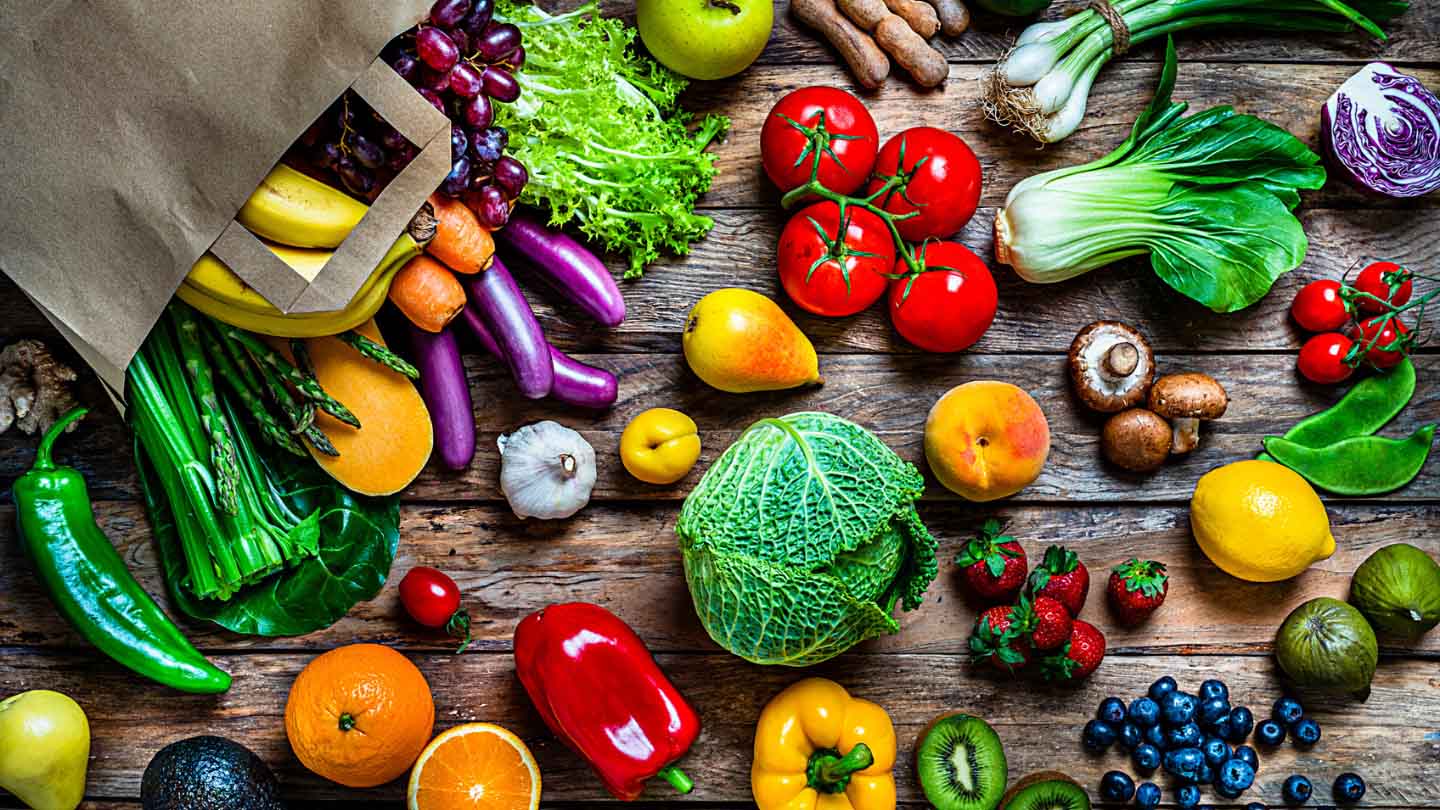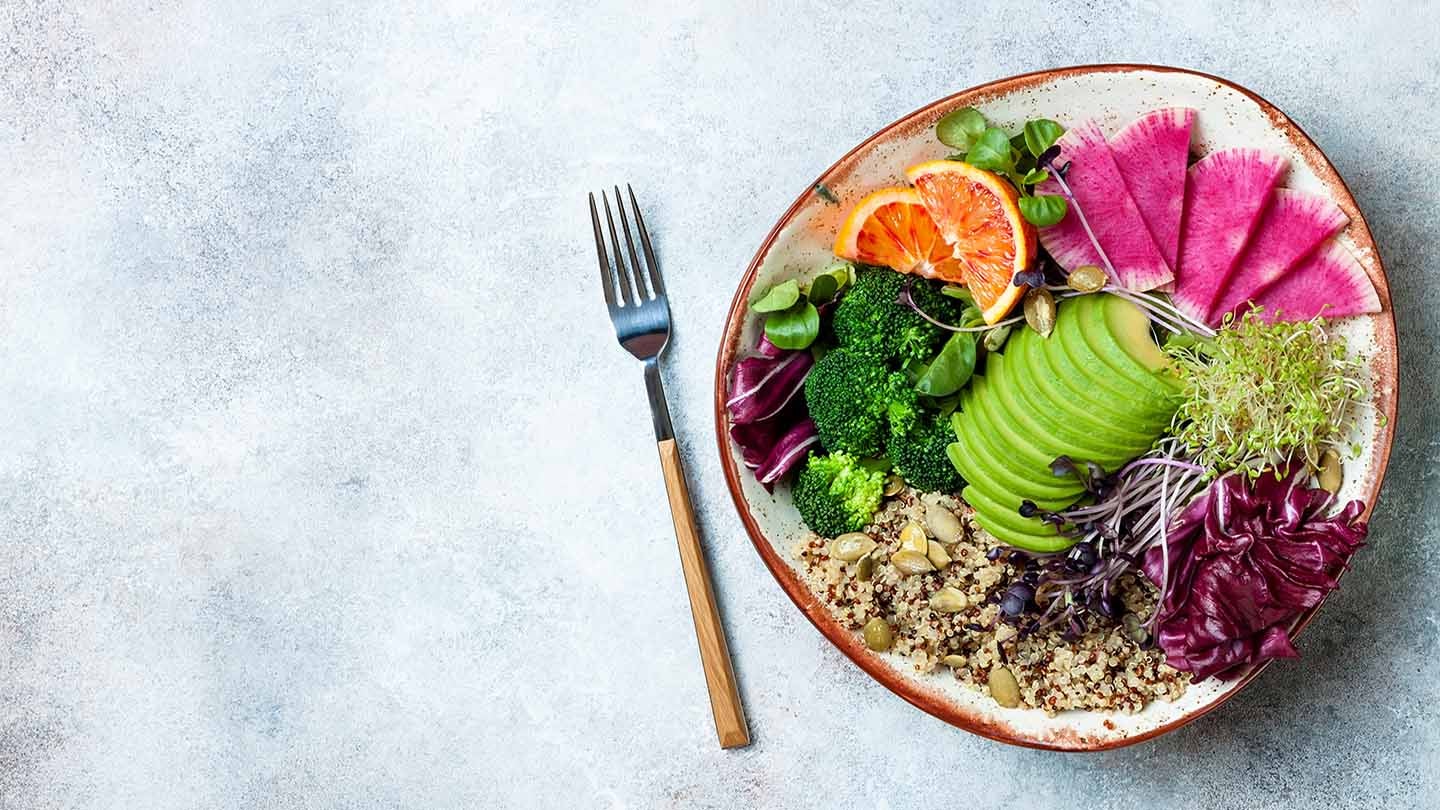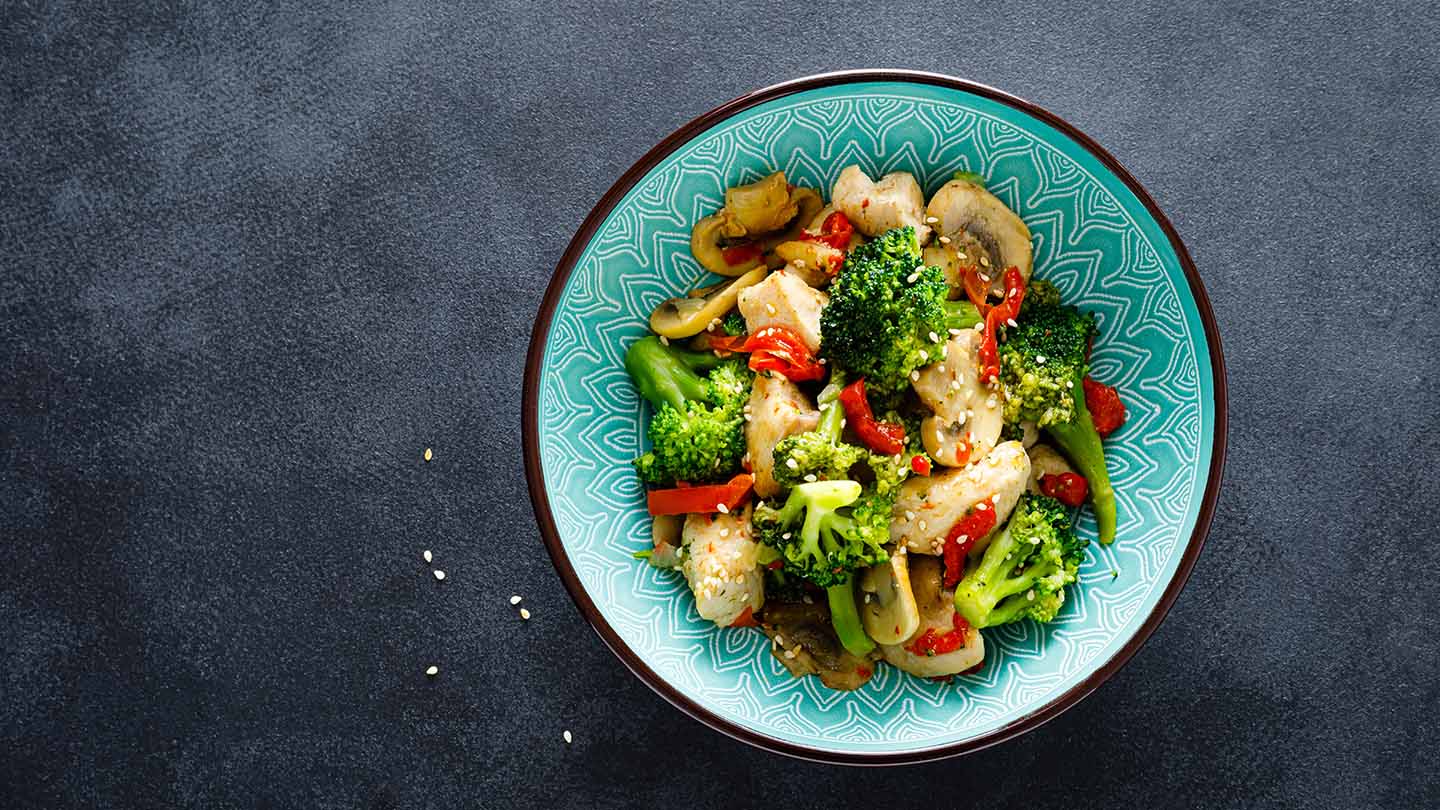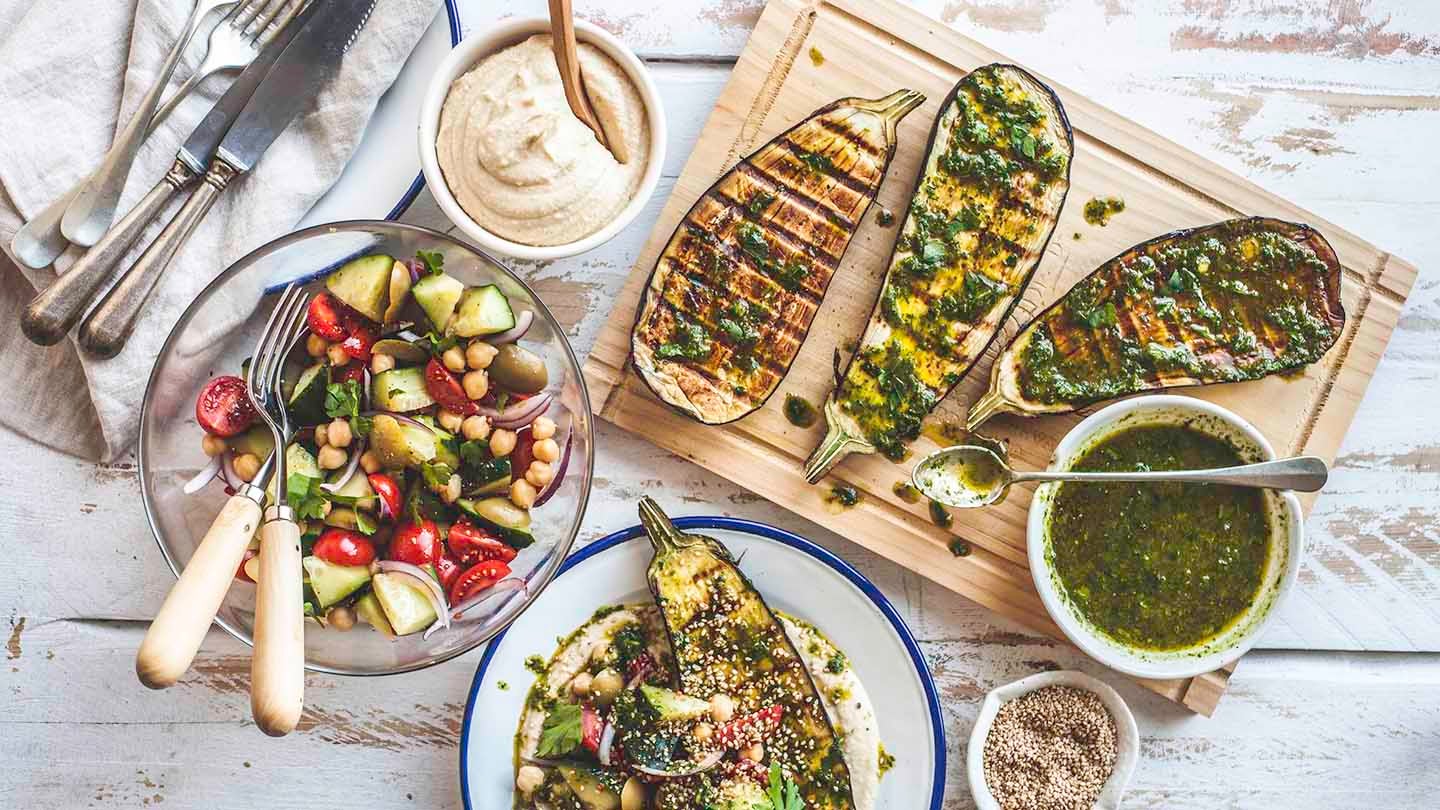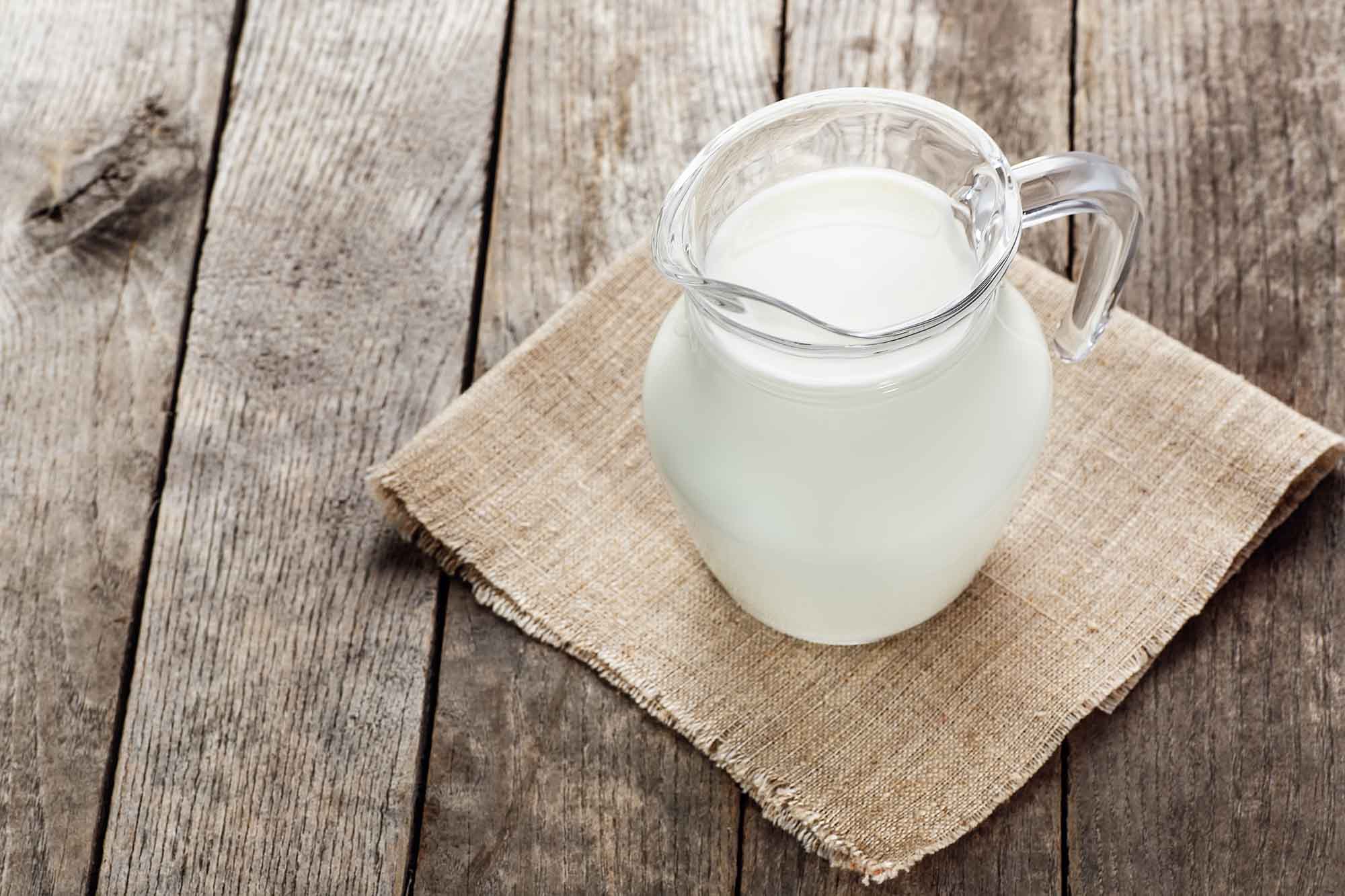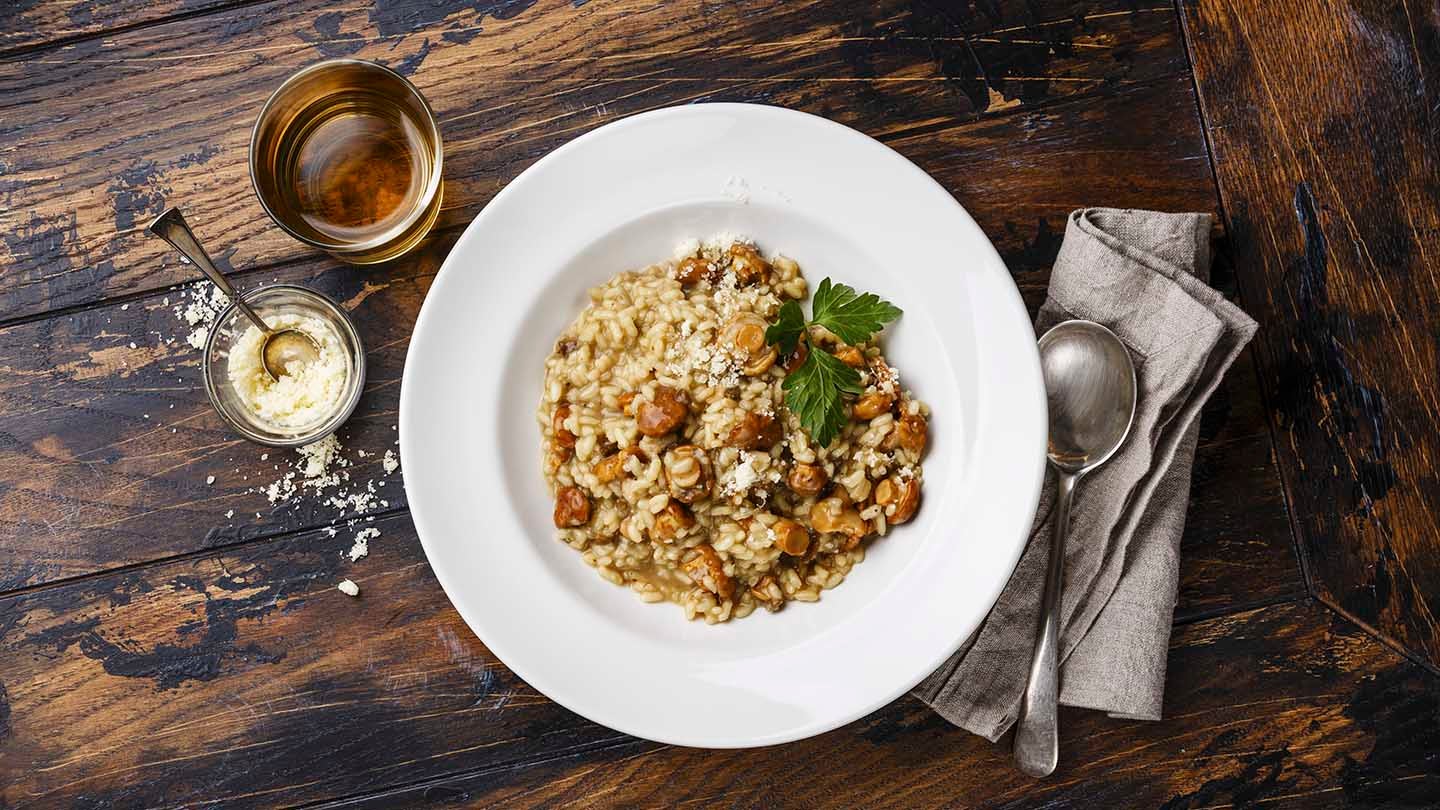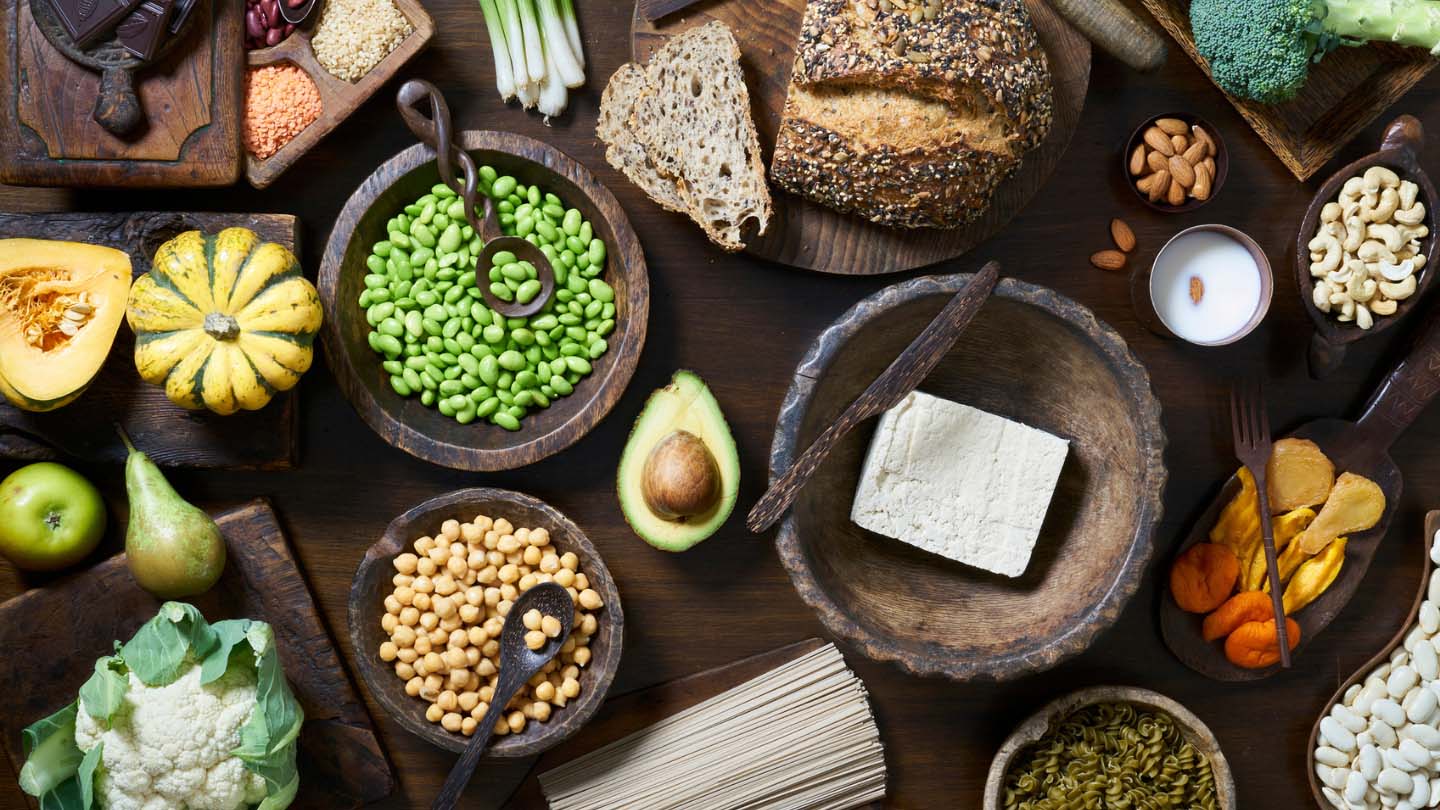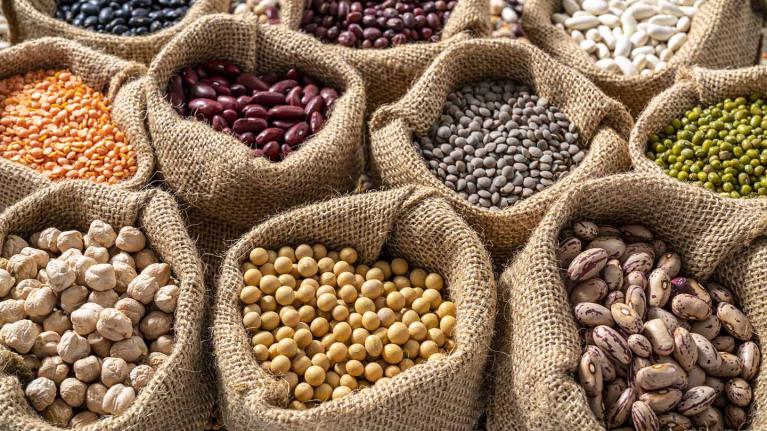
Why Are Protein Sources Important for Vegetarians and Vegans?
What is protein? How are complentary proteins used across cultures?
From gym rats to dedicated vegetarians, protein is the buzzword for an increasing number of customers. Here is what protein actually is and why your menu should include plenty of protein-rich food options for vegetarians and vegans.
What is Protein?
Proteins are large molecules made up of smaller units called amino acids. Protein is present in all body cells and takes part in most biological processes. It’s readily available in meat, seafood, dairy, and eggs, but vegetarians and vegans need to choose plant foods or combinations of foods that provide adequate protein. Some of the most important protein sources for vegetarians and vegans are quinoa, barley, lentils and beans.
Why do we need Protein?
Proteins provide amino acids that are used to build and maintain bones, muscles and skin, and produce enzymes, hormones, neurotransmitters, and antibodies.1 To function properly, the body needs 22 different amino-acids, and nine of them (the essential amino acids) must be obtained from food.
How much Protein do we need?
The daily protein recommendation for adults is 0.8 g for every kg of body weight, (about 50 grams for a 60 kg person*).3 Because the body rapidly turns over protein stores, people need to consume adequate amounts of the amino acids that make up proteins in order to maintain good health.2 This is why high-protein vegetarian foods are such an important part of any plant-based menu.
Complete your profile with High-Protein Vegetarian Food
Some foods contain all of the essential amino acids you need in sufficient quantities. These are known as complete protein sources. Along with meat, seafood, eggs, and dairy, you can also get complete proteins from plants such as quinoa, buckwheat, amaranth, soy, hemp, and chia seeds.
Foods that don’t contain all nine essential amino-acids are known as incomplete protein sources. While they don’t offer enough essential amino acids on their own, they can be combined with a variety of other foods throughout the day to provide an adequate intake of quality proteins. Examples include nuts and seeds, legumes, grains, and vegetables.3
Complementary proteins across cultures
You don’t have to look far to find examples of foods that complement each other to provide all of the amino acids you need. All around the world, traditional dishes have found a way to satisfy people’s hunger, tastes, and basic protein needs by relying on plant crops that make great protein sources for vegetarians. Traditional plant-based dishes that offer a complete amino acid profile include:
- Mexico: Black beans with corn and/or rice
- Lebanon: Falafel and tahini-based sauce
- Morocco: Couscous with chickpeas
- Ethiopia: Injera (flat bread made with teff flour) with wat (lentil stew)
- Punjab region, North India: Kaali daal (black lentils) with rice
- Switzerland: Muesli (nuts and grains)
- South Africa: Samp (corn) and beans
Did you know that there are many hidden animal-based ingredients in the most unsuspecting food items? Find out where they usually hide to keep them off your vegan and vegetarian menu.
- 2006 UN Food and Agriculture Organization study. https://news.un.org
- Proteins: The Facts. Compiled by the Nestlé Research Center.
- USDA; FAO/WHO/UNICEF Protein Advisory Group, 2004.
